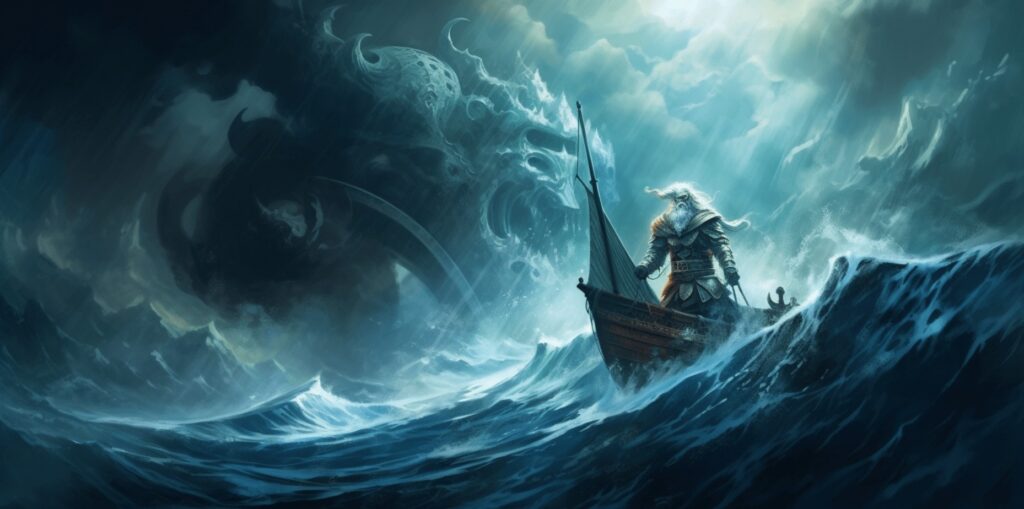Blog
Thurisaz: The Mighty Runic Symbol of Norse Mythology
In the ancient world of Norse mythology, runic symbols held immense power and significance. Among these mystical characters, Thurisaz, also known as “Thorn” or “Thurs,” stands out as a potent representation of primal forces and protection. In this article, we embark on a journey to explore the origins, meaning, and magical properties of Thurisaz, delving into its profound significance in the realm of Norse culture and belief.
The Mystique of Runes in Norse Mythology
Introduce the concept of runes and their crucial role in the spiritual practices of ancient Norse society. Explain how runes were not just a form of writing but a conduit to divine knowledge and magical power, making them an essential aspect of the Viking’s everyday life.
Unveiling Thurisaz – The Thorn Rune
Describe the appearance of Thurisaz, the third rune in the Elder Futhark, characterized by a vertical line with a diagonal line crossing it from left to right. Explore its distinctive shape and how it sets it apart from other runic symbols, reflecting the powerful and primal energy it represents.
The Symbolism of Thurisaz
Delve into the symbolic meaning of Thurisaz in Norse mythology. Highlight its association with the giants, often portrayed as chaotic and primal beings in Norse tales. Discuss how Thurisaz embodies the forces of destruction, protection, and transformation, making it a symbol of both danger and defense.
Thurisaz in Ancient Norse Culture
Explain the role of Thurisaz in the cultural and religious practices of the Norse people. Describe how runes, including Thurisaz, were etched into weapons, amulets, and other objects to invoke the rune’s magical properties and protective qualities. Explore how the Vikings sought the guidance and blessings of Thurisaz in their endeavors, battles, and exploration.
Thurisaz and Divination
Discuss the use of Thurisaz in runic divination, also known as “rune casting” or “rune reading.” Explore how ancient seers and rune masters would use runes, including Thurisaz, to gain insights into the future and navigate life’s challenges. Describe the various methods of rune casting and how Thurisaz could offer guidance and warnings in matters of personal growth, relationships, and decision-making.
The Mythical Origins of Thurisaz
Unravel the mythological origins of Thurisaz, connecting it to the giants and the primal forces of nature. Share stories from Norse mythology that involve giants and how they embody the chaotic and untamed aspects of the cosmos, with Thurisaz as their runic symbol.
Modern Interpretations of Thurisaz
Explore how the significance of Thurisaz has endured in modern times. Discuss how contemporary practitioners of Norse-inspired spirituality, neopaganism, and modern magic incorporate Thurisaz into their practices. Emphasize its relevance as a symbol of strength, protection, and transformation in the modern context.
Thurisaz and the Modern Mindset
Reflect on the enduring allure of Thurisaz and how it continues to resonate with people today. Discuss the appeal of tapping into the primal forces and invoking the protective qualities represented by this ancient runic symbol.
Conclusion:
Thurisaz, the powerful runic symbol of Norse mythology, captures the essence of primal forces and protection that the ancient Vikings revered and sought guidance from. As we unravel the mystique of Thurisaz, we gain a deeper understanding of the intricate relationship between the natural world and the spiritual realm in Norse culture. Its relevance persists in modern times, where the allure of invoking ancient symbols connects us with the timeless wisdom and magical energy of the past.

